Although England were kicked out disappointingly early, many of us have still been following the World Cup, which has dominated our television screens for the past month. While travel interest to Brazil increased by 387% during the past month, searches were only up by 6% outside the World Cup period. It would be a shame if this unique, diverse and expansive country did not see a long term tourism benefit. If your interest in Brazil goes beyond the football matches, here are some top tips to inspire you...
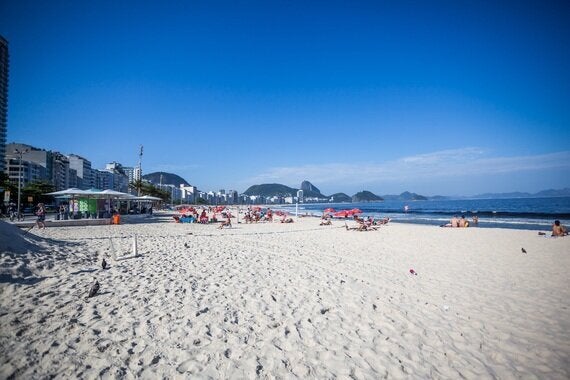
Source: Embratur
Rio de Janeiro: Brazil's busiest city for international tourism and a firm visitor favourite. The iconic Christ the Redeemer is on the list of the new Seven Wonders of the World: visitors like to hike up here for panoramic views over the city. Also popular are the numerous large sandy beaches lying adjacent to the city, including Copacabana (pictured), Ipanema and Arpoador. Rio has always been a popular city for sports: it was the first Olympic city in South America and will host the 2016 Olympics. Unsurprisingly, it will host the World Cup final this Sunday, when Germany will compete against Argentina in what promises to be an exciting match.
2) São Paulo
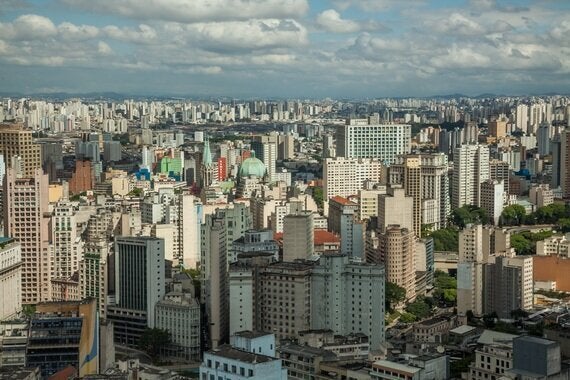
Source: Embratur
As the largest city in Brazil and the largest city in the southern hemisphere, São Paulo is a force to be reckoned with. Brazilians call it "the city that never stops", due to its position as the financial centre of the country. For visitors, there is rich cultural heritage with numerous museums and some of the best restaurants in Brazil. Football fans will want to check out the Soccer Museum inside the Pacaembu stadium.
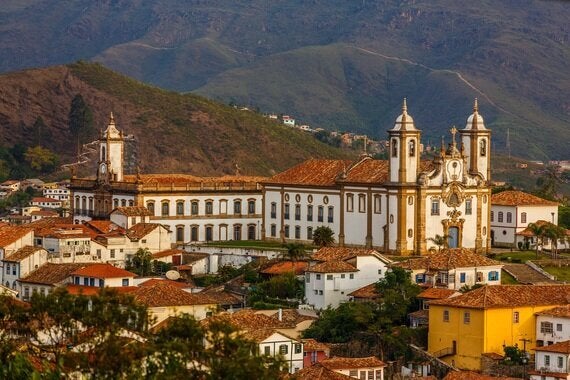
Source: Embratur
Belo Horizonte is where Germany famously thrashed Brazil seven goals to one in the Semi Finals, and where England not-so-famously lost to Costa Rica in the Group Stage. However, travellers should venture beyond the Estadio Mineirao to Ouro Preto (pictured), a UNESCO World Heritage site located under two hours' drive away. While in both Ouro Preto and Belo Horizonte, visitors should sample Cachaça: a traditional spirit made from sugar cane and the main ingredient in a true Caipirinha.
4) Brasília

Source: Embratur
The capital of Brazil is renowned for its imaginative and innovative town planning and building designs, the combined work of urban planner Lucio Coast and architect Oscar Niemeyer. Brasília most famous landmark is the unique cathedral (pictured), one of Niemeyer's masterpieces which demonstrates his skill of combining straight and rounded shapes in his work.
5) Manaus
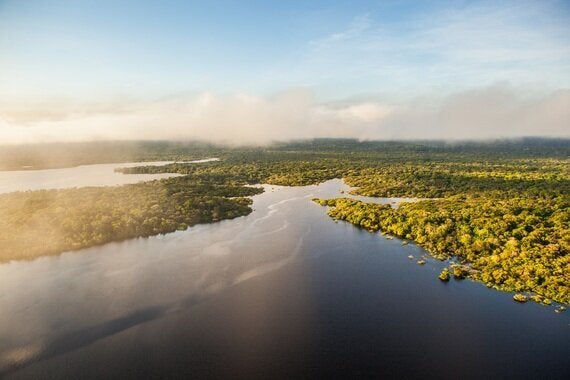
Source: Embratur
Manaus was a unique choice for a World Cup host city as it is the only destination in the north of the country, located in the heart of the Amazon Rainforest (pictured). Visitors will not want to miss an opportunity to visit the largest tropical rainforest in the world: boat trips down the Amazon River can be arranged directly from Manaus. It was at the Arena Amazonia that England lost to Italy in our first match of the World Cup.
6) Salvador

Source: Embratur
Salvador, or Salvador da Bahia, was founded in 1549 and is considered to be one of the oldest cities in Latin America. Brazilian's call it the "Capital of Happiness" due to its lively atmosphere, colourful buildings and penchant for street festivals. Visitors should head to Pelourinho (pictured), the historical and cultural centre, to soak up the atmosphere. Alternatively, day trips to the beautiful coral reefs at Porto Seguro or the coastal village of Praia do Forte are highly recommended.
7) Porto Alegre
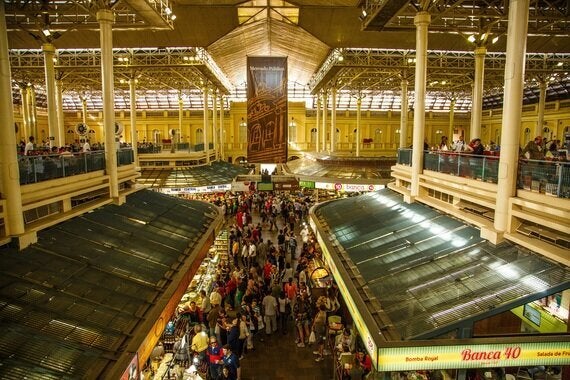
Source: Embratur
Although Porto Alegre is a major industrial hub in the south of the country, visitors will know it for its steak (the signature dish) and Chimarrao, a popular caffeine-infused drink common to the region. The best place to sample both of these is the central market (pictured), a historical landmark from 1869 which is now the city's oldest public market and a great place for discovering local cuisine. Gramado and Canela are just a day trip away, two popular Brazilian destinations and home to the best chocolate in the country.
8) Natal
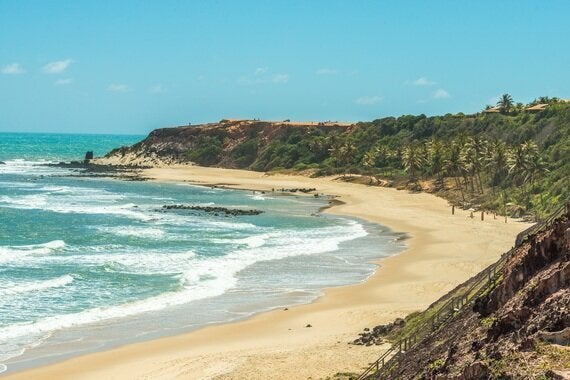
Source: Embratur
Home to one of the largest Carnival parties in the country, Natal is the capital of the north-eastern state Rio Grande do Norte. Located in the city is the UNESCO World Heritage site Parque das Dunas, the second largest urban park in Brazil. Natal is also a convenient gateway to some of the country's most beautiful beaches, such as Playa de Pipa (pictured).
9) Fortaleza
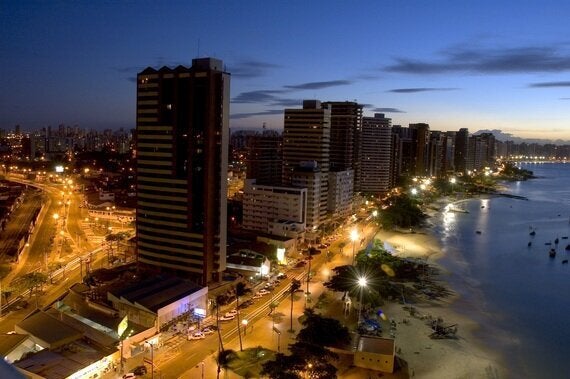
Source: Embratur
Fortaleza means "fortress" in Portuguese, in reference to the Fortress Schoonenborch built by the Dutch occupying the region in the 1600s. Fortaleza is an ideal destination for adventure-seekers, with riding on dune buggies and sand boarding popular in the area. The largest water park in South America is located just 16 kilometres from the city, featuring a 41-metre high waterslide.
10) Recife
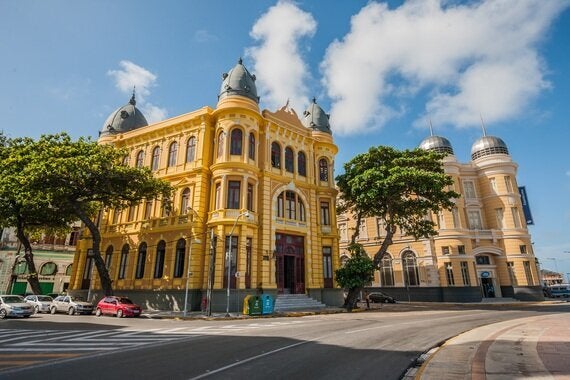
Source: Embratur
Another coastal city, Recife is home to one of Brazil's largest ports on the Atlantic Ocean. Those seeking vibrant nightlife should head to Recife Antigo, the historical section of central Recife recently regenerated to host several bars and clubs, while preserving its colonial architecture (pictured). Just north is Recife is Olinda, one of the best-preserved colonial cities in Brazil and an excellent place to join the annual Carnival street parties.
11) Curitiba
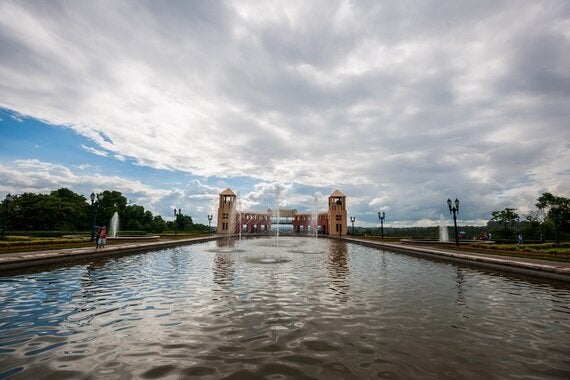
Source: Embratur
Specifically designed for tourists, Curitiba balances urban lifestyle with natural environments, boasting 15 parks and 33 conservation areas. Three sights that should not be missed are the Wire Opera House, the Barigui Park and the Botanical Gardens (pictured). Located inland, Curitiba has a slightly cooler climate than its coastal counterparts - bring your warm clothes!
12) Cuiabá
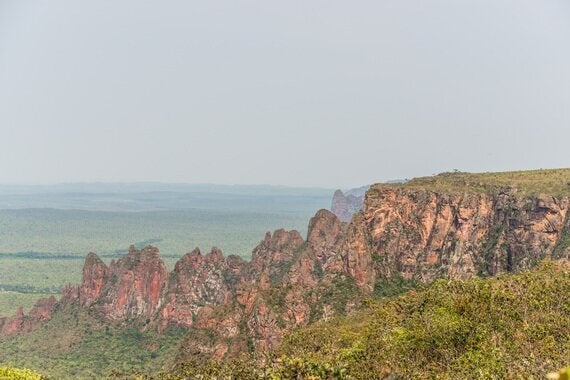
Source: Embratur
Another inland city, Cuiabá is located in the centre of South America and is the capital city of Mato Grosso. The region is known for its dance, music and art, with rich influences from Europe, Africa and native America. Just 70 kilometres from Cuiabá is the Chapada dos Guimaraes National Park (pictured): 80,000 acres of waterfalls, rock formations, hiking trails and caves with crystal clear water.